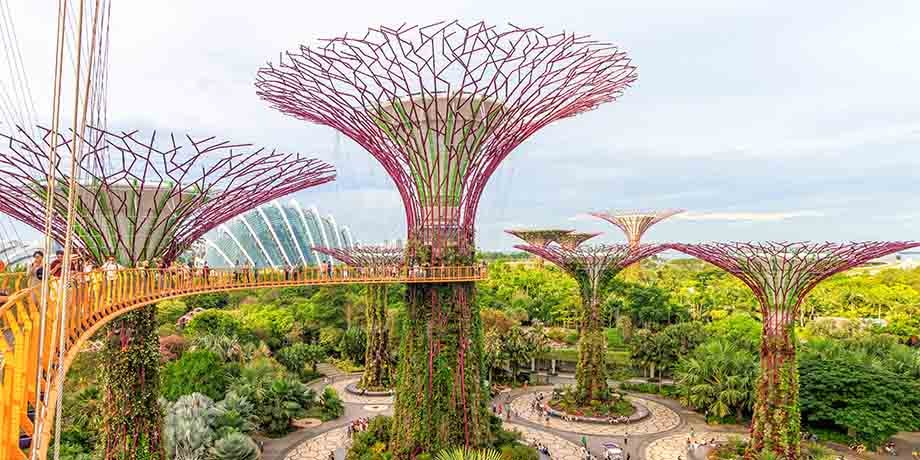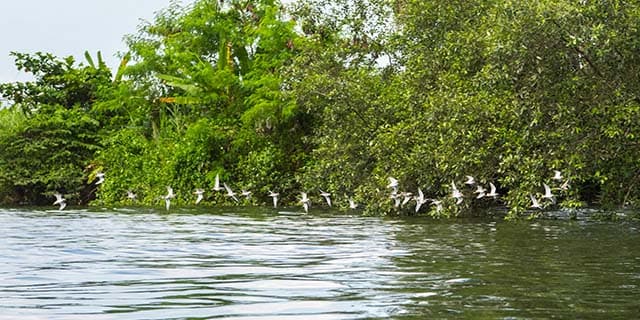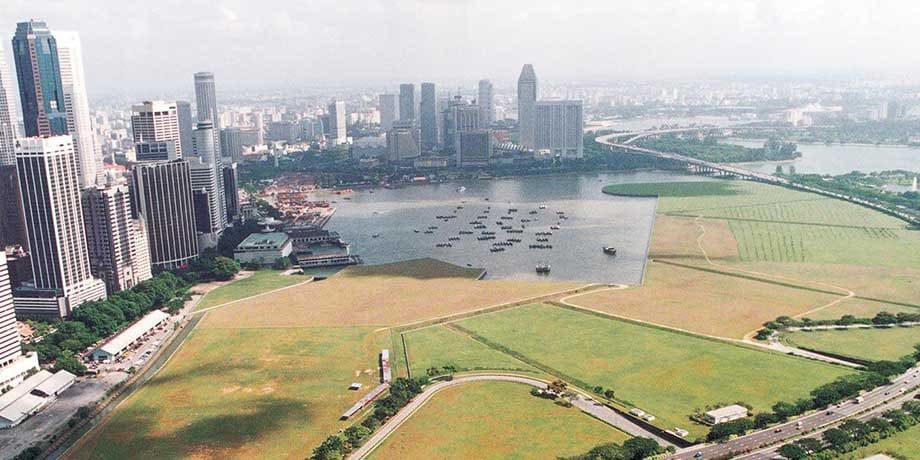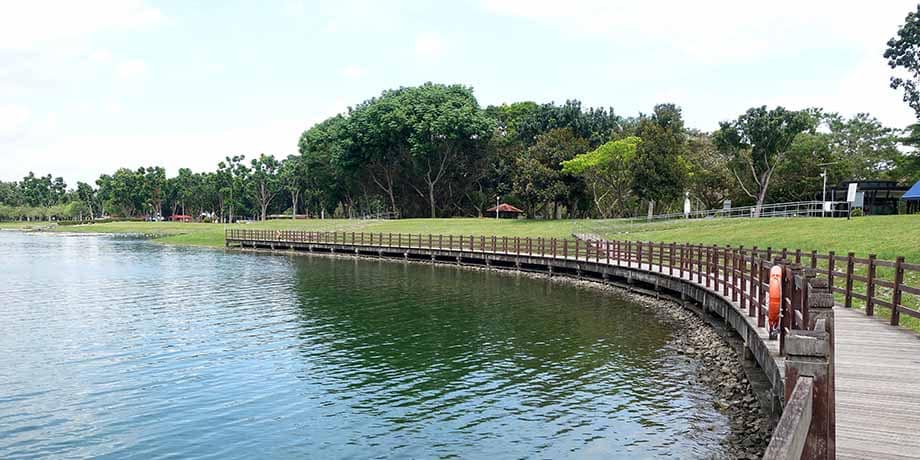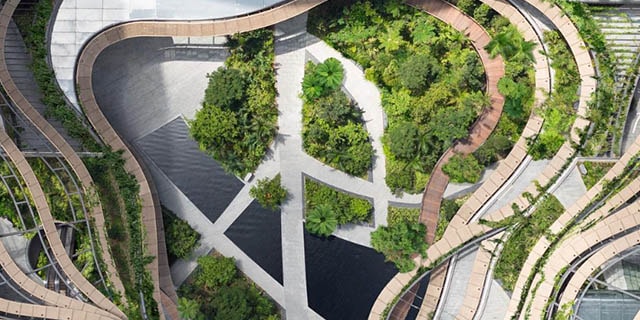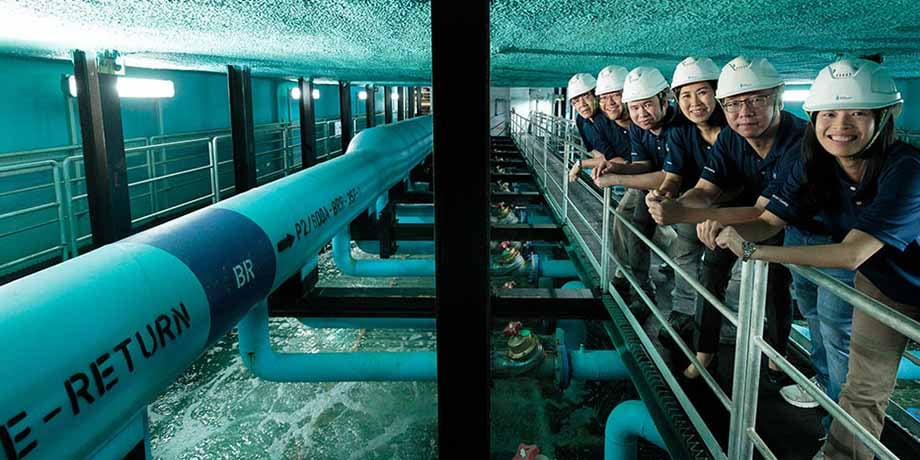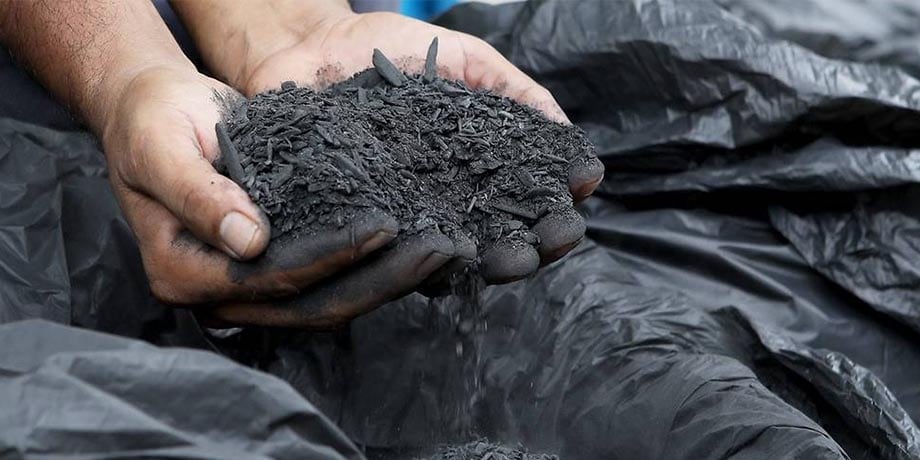Made to Last: Hidden Facts You Didn’t Know About Singapore’s Marina Bay District
Made to Last: Hidden Facts You Didn’t Know About Singapore’s Marina Bay District
From towering skyscrapers to an impressive urban garden, these are the makings of Singapore’s Marina Bay — from the ground up.
Sustainability is at the core of everything we do at Temasek. This article is part of Generational Investing, an ongoing series featuring individuals, organisations and activities that create a better world for future generations, through creativity, innovation and sustainable practices.
In Brief
- Land reclamation which drew fill materials from sites in the eastern parts of Singapore formed the ground for Marina Bay and many other national landmarks
- The district continues to push the boundaries of innovation as sustainability research grounds exploring a greener future for Singapore
In 2012, a grove of “Supertrees” rose on the edge of Singapore’s Marina Bay. Next to it — the largest glass greenhouse the world had ever seen. Named Gardens by the Bay, the 101-hectare garden is now one of the most iconic landmarks in the city district — and the number one local tourist attraction in Singapore — alongside the towering skyscrapers that make up its world-famous skyline.
Just over 50 years ago, Marina Bay was nothing but a swathe of seawater off Singapore’s southern coast. So, what happened behind the scenes, and under the ground, to bring this area to life?
Laying the Groundwork
While the Marina Bay we recognise today only started taking shape in the 2000s, the reclamation of the land beneath it began way back in the 1970s, part of a much larger project called the East Coast Reclamation.
Over the next three decades, engineers from the Housing and Development Board (HDB) and later home-grown urban and infrastructure consultancy firm Surbana Jurong planned and managed the tremendous undertaking, adding 1,525 hectares of land to Singapore’s south-eastern coastline stretching from the tip of Bedok down to Marina South. In 1994, an additional 38 hectares was added to further develop Marina Bay.
Today, major housing estates and landmarks including East Coast Park, the East Coast Parkway expressway (ECP), Marina Bay Sands and Gardens by the Bay all sit atop this strip of reclaimed land.
"There’s a little bit of self-satisfaction whenever I drive along ECP,” reflects Ho Wah Hin, an engineer of 41 years and Deputy Director of Coastal Engineering at Surbana Jurong. The father of three, who was working for HDB when the reclamation projects started, adds proudly, “I can tell my children that I had a hand in building it.”
Surbana Jurong was formed in June 2015 through the merger of Surbana International, the building and development arm of HDB, and Jurong International, the technical services arm of Singapore’s JTC Corporation.
The Soil was Recycled from “Hills” of the Heartlands
Back in the ‘70s, the land in eastern Singapore was naturally hilly and not conducive for building the housing estates and heartland malls that now populate the area. To overcome this, earth from hills in the inland districts of Tampines and Bedok were cut away and resettled along the island’s southern coastline.
I can tell my children that I had a hand in building it.
Ho Wah Hin, Deputy Director of Coastal Engineering, Surbana Jurong Consultants Pte. Ltd.
To transport the earth from cut sites to the fill areas, bucket wheel excavators and conveyor belts were used to ensure a continuous flow of material, “like one enormous sushi train,” quips Ho. This method of transporting soil prevented traffic congestion that endless lines of lorries would have caused.
Work went on relentlessly, around the clock. Ho recalls, “Land reclamation was the only engineering project where we were working 24 hours to maximise efficiency.”
The project teams also had stringent auditing processes in place to minimise the environmental impact of land reclamation, and used advanced technology, such as echo-sounding, to inspect the quality of the reclaimed land.
The East Coast Reclamation used earth cut from inland districts in Singapore, transported by belt and barge to settle in its new destination. (Footage: Surbana Jurong)
Sowing Seeds of Sustainability
Today, the Marina Bay area doubles up as research and testing grounds for sustainability initiatives that continue to contribute to a greener future for Singapore.
For example, Singapore District Cooling (SDC), a subsidiary of SP Group, runs the world’s largest district cooling system under the hustle and bustle of the downtown district. The system pipes chilled water to buildings in the area, keeping them cool while utilising up to 40 percent less energy than traditional air conditioning.
More recently in June this year, SP and Gardens by the Bay announced plans to pilot a smart waste management system that converts waste into thermal energy and biochar, a carbon-based by-product of the chemical reaction.
If successfully scaled, the system could help enable a circular economy and reduce the Gardens’ carbon emissions by up to 20 percent. And, while research is still being conducted, carbonised biomass may even be helpful as a soil conditioner, improving local soil quality for agriculture and horticulture.
Reflecting on the work he was involved in from the start, Ho is honoured, yet admits it is a lifelong responsibility.
“From an engineering perspective, it’s our professional responsibility to build a good foundation and ensure the safety of the land. You can’t short-change the client, or the next generation,” he remarks, continuing jokingly, “Maybe even after I leave Surbana Jurong, they might call me up to ask how we did it.”
Here at Temasek, we place sustainability at the core of everything we do. We strive to build a better world, always with tomorrow in mind.
Temasek is an investor in Surbana Jurong Private Limited and SP Group.

